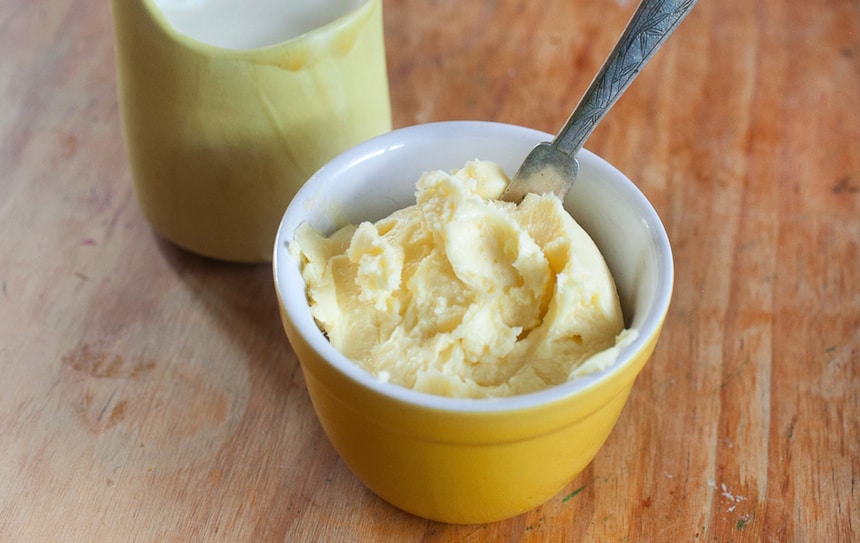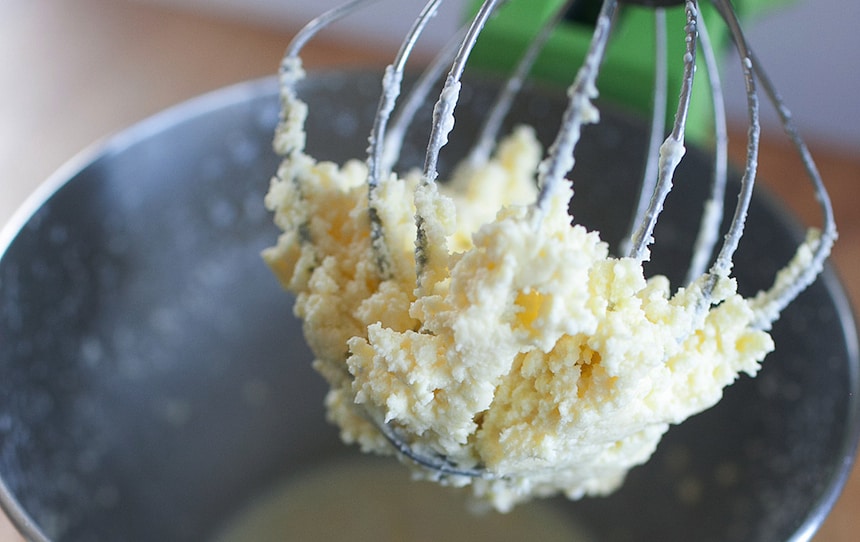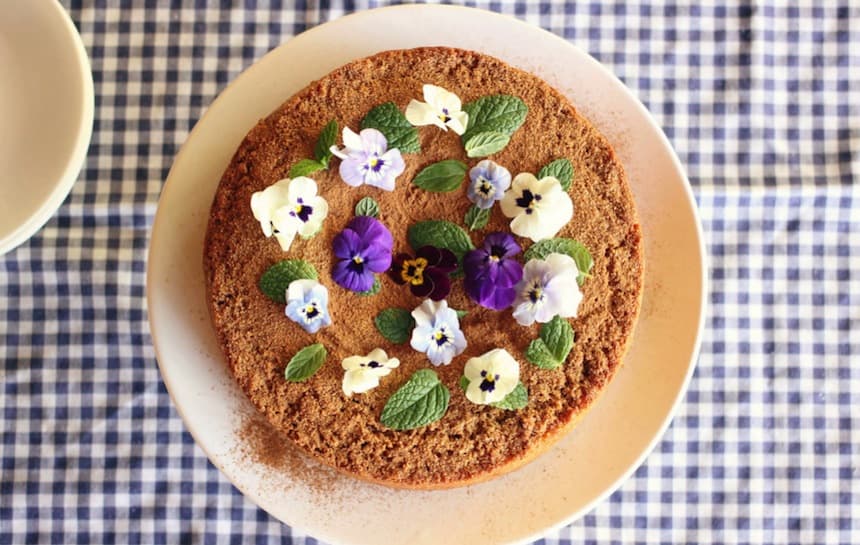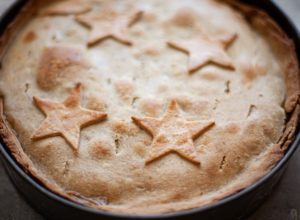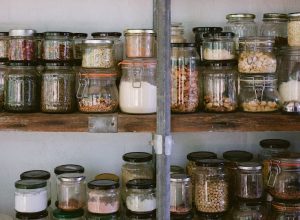You can’t beat the freshness and full flavour of homemade butter. Follow our easy recipe to whip up your own batch of homemade butter and cultured butter.
Making your own homemade butter can not only save you money on your grocery bill and avoid plastic packaging, but allows you to experience the flavour and freshness of homemade dairy that will far surpass anything you can buy from the store.
Homemade butter
Ingredients
• 500 mls cream
Method
1. Source the best quality cream you can find with the highest milk fat content, preferably 35%, with no additives or thickeners.
2. If you’re into low-tech, add cream to a jar with a tight-fitting lid and shake it well till it separates. This can take anywhere from five to thirty minutes.
3. Alternatively, if you have a food processor, pour in the cream and process until the cream goes past the whipped stage and separates into buttermilk and butter.
4. Pour off the buttermilk and save it to use in pancakes and scones. Also makes a healthy drink.
5. Add some cold water to your food processor (or jar) and mix the butter again to wash it. Pour off the water and place your butter in a storage container. Paddle it a bit with spoons to release the rest of the buttermilk.
6. Add salt if you wish (salt will help it keep longer). Use around 1 tsp of salt per litre of cream. Store in the fridge for more longevity, or at room temperature if it’s salted.
Cultured butter
Culture your cream before making butter and you will end up with cultured butter – butter with a delicious tang and complex flavour. Most butter made in Australia is called sweet butter, whereas butter made in Europe is often cultured.
Ingredients
- 500mls cream
- 2 tbsp of cultures – could be buttermilk, yoghurt or kefir grains (or ¹⁄₈ tsp of mesophilic cheese cultures)
Method
1. Pour cream into a clean jar and add the cultures.
2. Put the lid on the jar and leave it on the bench for at least 24 hours. The longer you leave it, the more sour it will become.
3. If you used kefir grains, strain them out now.
4. Follow the instructions for making butter.

